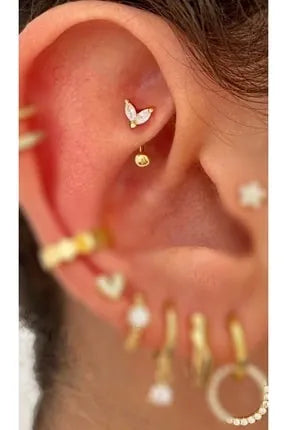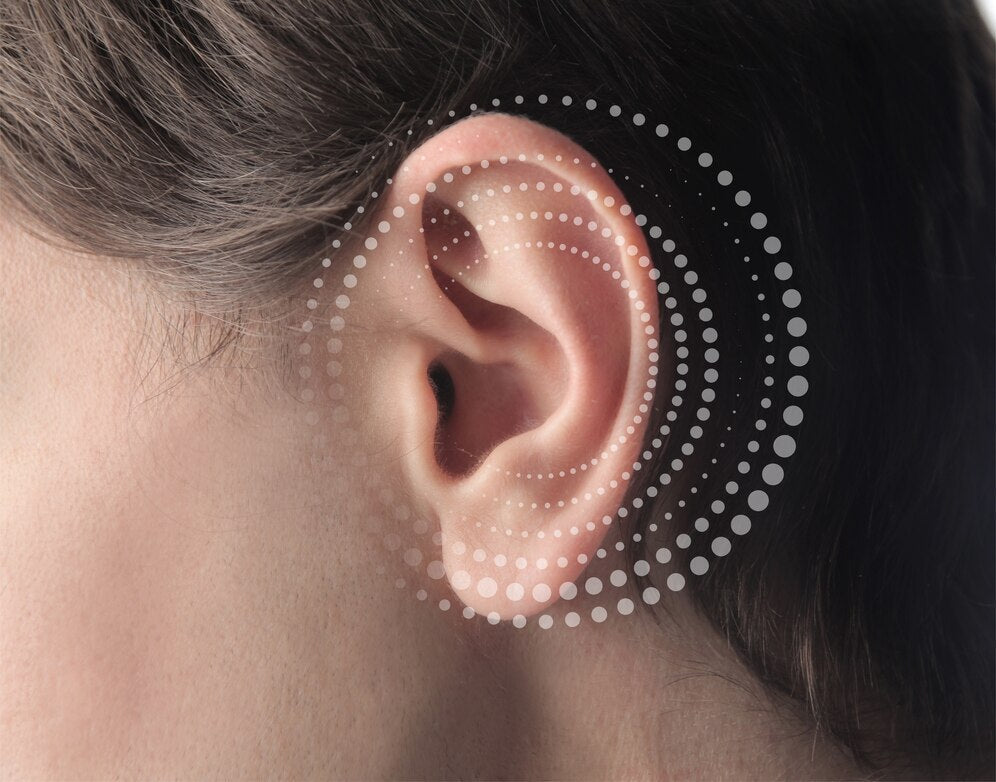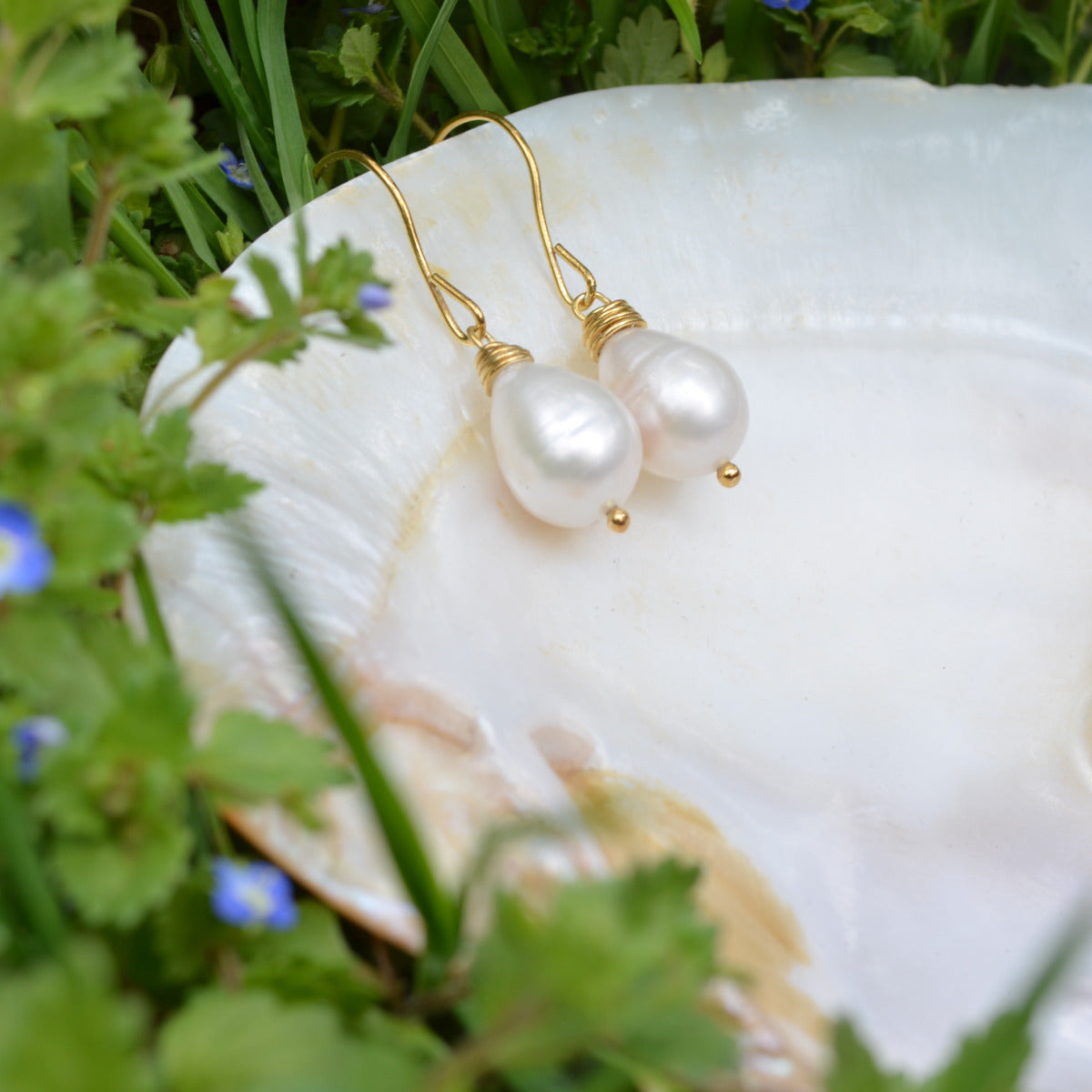
What is a rook piercing?
Everything you should know about stop paving: Pain, healing and aftercare
Body changes such as piercing have seen a huge increase in popularity over the past decade. Not only do they give a way to increase your appearance, but they are also a form of self -expression. Between there and piercing multiple ears out there, rook piercing stands out for his unique place and stylish beauty. But what exactly is a stoppiercing? How hurt? And what is involved in the treatment process? Here's your complete guide.

What is a stoppiercing?
A rook piercing is a cartilage piercing passing through the upper back of the ear, which lies directly above the tragus and anti-tragus region. It is located in the thick board of cartilage over the ear canal, making it more tuck than other ear holes. Jewels such as curved barbells or small braces are usually carried in this place.
Why do people choose to stop piercing?
Unique beauty: It is a small and more justifiable piercing, which makes it special and eye catcher.
Minimum jewelery options: Great for those who prefer a subtle but elegant shape.
Other piercing complement: A fully curated ear looks fantastic when added with Helix, Tragus or Conch piercing.
How is a stoppiercing?
Consultation and anatomy Czech: A professional piercer will first consider whether ear anatomy is appropriate.
Sterilization: The area is well cleaned with an antiseptic solution.
Marking and piercing: Pearser marks penetration and exhaust points, and then uses a sterile needle to punch holes in the cartilage.
Insurance of jewelry: Usually a curved barbell is set immediately after piercing.
The whole process takes a few minutes when it is finished by a skilled piercer.
Damage a villain piercing?
The pain is subjective and your personal pain depends on the threshold. Since it goes through thick cartilage, it may be more painful than earlobe or external helix piercing. Most describe it as a fast, sharp pinch, followed by a certain pressure. Later, some torment and heartbeat are quite common.
Healing process
It takes some time to fix stoppiercing - usually 6 to 12 months. Cartilage has lower blood flow than soft tissue, so it cures slower.
What are expected in the first few weeks:
Swelling and redness
Sensitivity
Topic crust
Some pressure or beating
If you look at severe pain, yellow/green discharge or bad odor, it may be a sign of infection - immediately see a professional.
Aftercare
Constant and gentle aftercare is the key to a successful healing process.
Do it:
Clean a sterile salt solution with 2x daily.
Wash your hands before touching piercing.
Let the area breathe - avoid covering with hair or hood.
Use clean, soft bed and avoid sleeping against piercing.
Don'ts:
Fold or rotate the jewelry.
Avoid swimming pools, lakes and hot tubs during treatment.
Do not use alcohol or hydrogen peroxide - they dry the tissue.
Avoid sleeping on a pierced ear for at least a few months.


